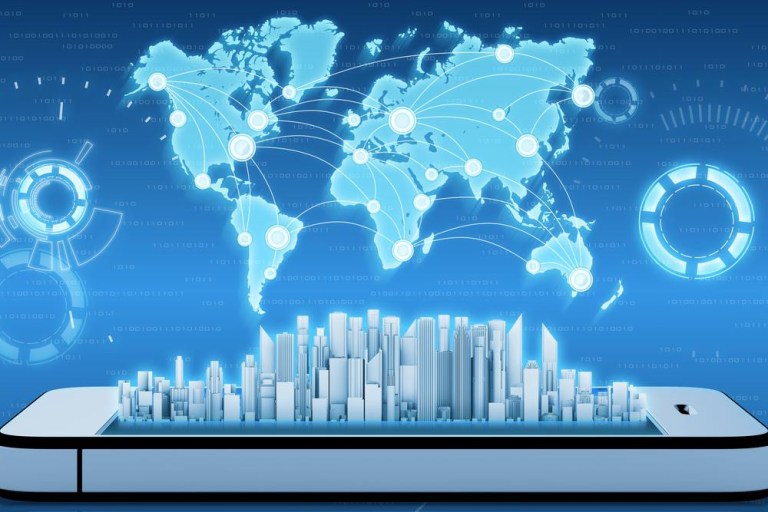
Internet of Things technology is known to much of the public through the development of smart home technology, which allows consumers to control their appliances, listen to music and shop by using their voice with an increasingly sophisticated technology that learns natural language.
However, IoT is being deployed across the country, and to major cities around the globe, to help improve major transportation systems, reduce traffic, increase security and, in some cases, save lives through the implementation of automated security, street lighting and even flood control. The initiatives are part of an effort by governments and industries to create smart cities, which will automate many projects, ranging from local web access to garbage collection, in a way that helps cities reduce congestion, speed local car and rail traffic and link major commercial and residential buildings.
A July report from International Data Corp. shows that smart city investment is expected to nearly double over the next few years, with expenditures rising from $81 billion in 2018 to $158 billion by 2022. The three largest use cases include upgrades to fixed visual surveillance and public transit systems, as well as intelligent lighting systems.
“Intelligent transportation and data-driven public safety remain the largest investment areas,” the report said.“But we are also finding significant pockets of spending and growth in back office and platform-related use cases, which are often less publicized, but increasingly happening behind the scenes in cities around the world.”
According to the report, the U.S. is the top country for smart city spending, with $23 billion being spent this year. Singapore, Tokyo, New York, London and Shanghai are leading cities in spending this year.
Among the major smart city deployments, both New York and London are participating in a major rollout of connected sidewalk kiosks, which will replace existing phone booths and offer residents free Wi-Fi access, device charging and tablets with maps and city information. The project expanded to Newark earlier this year.
New Jersey Transit, the third largest transit system in the U.S., has launched a pilot program to test the use of handheld scanners to collect fares and get real-time transit information that can be relayed to commuters. The transit system, which connects commuters from New York City all the way into the Trenton-Philadelphia corridor, has been plagued by system delays and overcrowding. This has led to a push to create an additional underground tunnel under the Hudson River, which would connect New Jersey residents to the New York City subway system and other points.
In Quebec, Canada, the Réseau de transport de Longueuil is working with Groupe X-TELIA Inc. and Technopôle IVÉO, and have co-developed technology that is being used in a pilot project where IoT technology is used for digital signs, powered by solar panels and wireless networks, on public bus shelters. The digital signs give riders real-time information on bus arrivals and departure times, and are being analyzed over a six-month period to see whether they help create more efficient scheduling.
Groupe X-TELIA uses LoRa wireless sensors — which have been deployed in various smart city projects, ranging from smart parking to waste management and measuring air and water pollution. The technology can run for up to a decade on a single small battery, and allows for communication of up to 1.5 kilometers in urban areas and 15 kilometers in rural areas. The technology is also much less expensive than similar links using cellular devices.
Last September, Groupe X-TELIA launched a program to deploy smart parking sensors across Montreal in an effort to optimize parking in the area and help citizens more easily find available spaces. The sensors now cover an area around Montreal that impacts about 1.1 million people, and the firm is working to deploy the technology across the entire province of Quebec by the end of 2018.
Technopôle IVÉO is involved in a number of other smart transit-related projects, ranging from pedestrian street crossings to smart garbage can collection, as well as automatic detection of potholes.